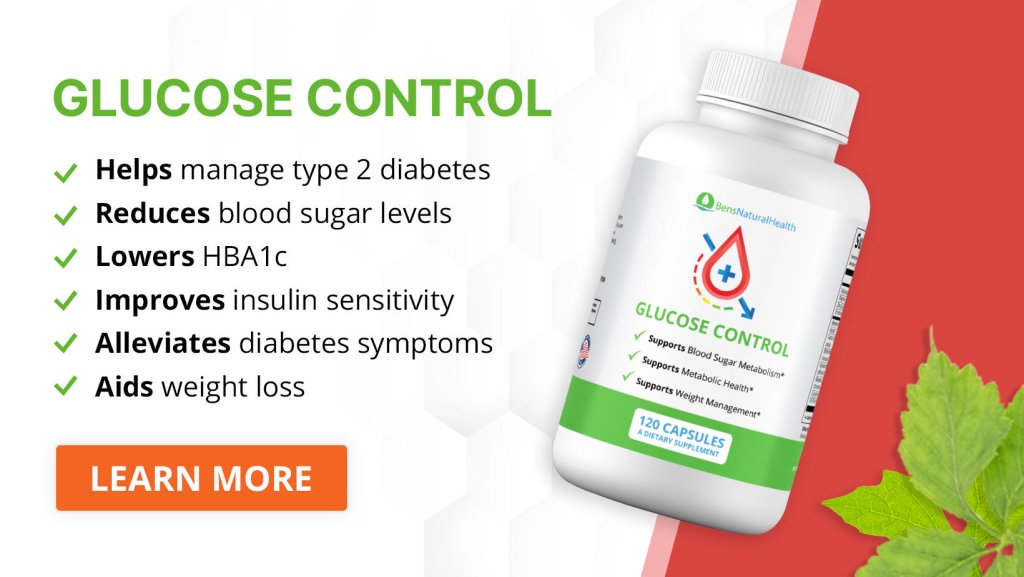Steglatro is the brand name for the medication ertugliflozin, an oral medication used to treat type 2 diabetes.
It’s an SGLT2 inhibitor, a class of medications that work to lower blood sugar levels by reducing the amount of sugar reabsorbed by your kidneys.
SGLT2 inhibitors lower blood sugar levels by increasing the amount of glucose (sugar) excreted in your urine.
This mechanism of Steglatro’s action comes with potential side effects, as do all medications.
If you’ve been prescribed Steglatro to manage your diabetes, becoming aware of the potential side effects can be helpful so you know what to expect, as well as ways to reduce the severity of any side effects.
1) Urinary tract infections (UTIs)
Having more sugar in your urine can increase the risk of a urinary tract infection, which is when bacteria enter your bladder through your urethra.
Women are more prone to developing UTIs because the urethra (the tube that carries urine from your bladder out of your body) is shorter than in men, so bacteria don’t have as long a distance to travel to the bladder. However, men can also develop UTIs.
According to a study, around 10-15% of women taking SGLT2 inhibitors like Steglatro develop UTIs.
Some of the signs of bladder infections include:
- Pain or burning when you urinate (pee).
- Peeing more often than usual.
- Feeling an urge to pee even if your bladder is empty.
- Blood in your urine.
- Pressure or cramping in your lower stomach area.
To help prevent UTIs while taking Steglatro, consider some of these tips:
- Urinate after sexual activity (especially for women).
- Take showers instead of baths.
- Drink plenty of fluids to stay hydrated (it helps dilute the sugar in your urine).
- Wipe front to back after using the restroom (for women).
- Avoid using douches, sprays, and other products in the genital area.
2) Dehydration and kidney injury
SGLT2 inhibitors like Steglatro can cause dehydration, which can lead to an acute kidney injury (AKI).
You can also develop a kidney injury from a urinary tract infection that spreads to your kidneys, causing a kidney infection.
You can become dehydrated without getting a kidney injury. Keep in mind that kidney injuries aren’t one of the most common side effects of Steglatro, but they are possible because of the way Steglatro works by increasing urination.
Watch out for the following signs of kidney injury:
- Reduced urine output
- Swelling in your legs, ankles, and around your eyes
- Feeling tired
- Shortness of breath
- Confusion
- Nausea
To help prevent dehydration while taking Steglatro, make sure to stay hydrated, especially if you’re taking any medications that can worsen dehydration, such as certain blood pressure medications like diuretics.
3) Nausea
Many oral medications can cause nausea, which is the feeling of an upset stomach and the urge to vomit (throw up).
Being nauseous is unpleasant and can interfere with your quality of life, even if it doesn’t result in vomiting.
If you’re feeling nauseous from ertugliflozin, here are some things to try to reduce the severity of this side effect:
- Eat small meals and snacks instead of larger meals.
- Avoid high-fat, greasy foods.
- Limit caffeine, which can worsen nausea by stimulating your stomach.
- Try natural nausea remedies such as peppermint and ginger.
- Eat a bland diet like crackers, canned fruit, lean meat, and plain pasta.
If nausea is impacting your ability to stay hydrated, sip on clear liquids and eat foods like broth-based soups, gelatin, and popsicles.
Preventing dehydration is important since other side effects of Steglatro can result from dehydration.
Sign Up For Our Newsletter!
- Receive 10% off our best-selling supplements
- Get Your FREE Diabetes Diet Plan
- Be the first to hear about sales and promotions
- Stay up to date on our latest health news
4) Constipation
Steglatro might cause constipation in some people. Constipation is when you don’t have bowel movements as often as you normally do, and bowel movements are usually hard, dry, and difficult to pass.
To help ease constipation, there are several things you can try, such as:
- Increase your intake of clear fluids, especially water. Dehydration can worsen constipation, especially if you’re also increasing your fiber intake to help reduce constipation.
- Eat more fiber-rich foods such as fruits, vegetables, whole grains, nuts, and seeds. Fiber helps add bulk to stool and can make it softer, which makes bowel movements easier to pass.
- Increase your physical activity level, which can stimulate your digestive system.
5) Dry mouth
Because Steglatro increases the amount of fluid leaving your body, it can lead to dehydration and dry mouth (xerostomia).
Having a dry mouth can impact your ability to eat and talk and can increase your risk of oral and tooth infections.
If you develop dry mouth, here are some ways to help reduce the severity:
- Sip water often.
- Use a humidifier in your home or work area.
- Spray your mouth with a spray bottle filled with water.
- Suck on sugarless candy or use sugarless gum, which can stimulate saliva production.
6) Diabetic ketoacidosis (DKA)
Diabetic ketoacidosis is a serious condition when insulin levels fall too low, and your body can’t use glucose for energy.
DKA is often noted as a side effect of SGLT2 inhibitors like Steglatro, but its prevalence is very low.
According to one study, the prevalence of DKA from SGLT2 inhibitors is estimated to be around 0.1%.
Some signs of DKA can include:
- Increased thirst
- Increased urination
- Nausea
- Vomiting
- Stomach pain
- Confusion
- Fruity-smelling breath
Blood sugar levels are usually high with DKA, but it can also occur with normal blood sugar levels (euglycemia).
To reduce the risk of DKA from Steglatro, take any insulin as prescribed (if you’re taking any) and ask your healthcare provider what you should do if you’re feeling sick and can’t eat or drink normally (sick day guidelines).
How long do Ertugliflozin’s side effects last?
The side effects of Steglatro are likely to be the most intense after you first start taking it or after you increase your dose. Side effects from new medications typically dissipate after a few weeks to months of taking them, but the exact time frame varies among people.

Are there any long-term side effects of Steglatro?
Steglatro isn’t likely to cause long-term side effects. Most of the side effects are temporary and will resolve when you stop taking the medication if they aren’t resolved before then.
If you’re having severe side effects from Steglatro, reach out to your healthcare provider to determine the next best step in your care plan.
Some people don’t tolerate certain medications as well as others, so there are usually alternative medications you can try.
Side effects of stopping Steglatro
Steglatro isn’t a habit-forming or addictive medication, which means there aren’t any significant side effects of stopping it. Some of the potential outcomes of stopping Steglatro can include a reduction or cessation of side effects and an increase in blood sugar levels, especially if you don’t start a new medication to manage your blood sugar levels.
Conclusion
- Steglatro is the brand name for ertugliflozin, a medication used to treat type 2 diabetes.
- Steglatro is an SGLT2 inhibitor, a class of medication that lowers blood sugar levels by reducing the amount of sugar your kidneys absorb and increasing the amount of sugar in your urine.
- Potential side effects associated with SGLT2 inhibitors, including Steglatro, may involve urinary tract infections, nausea, dry mouth, constipation, and dehydration.
- Currently, there is no conclusive evidence regarding long-term side effects of Steglatro. If you’re experiencing side effects from taking Steglatro, they’ll likely improve as you get used to taking it or when you eventually stop taking the medication.
Explore More

Lixisenatide Side Effects (Lyxumia): Nausea, Headache, Rash.






